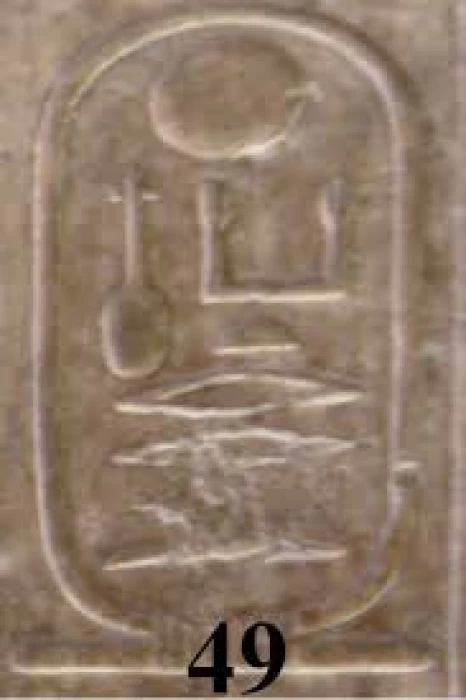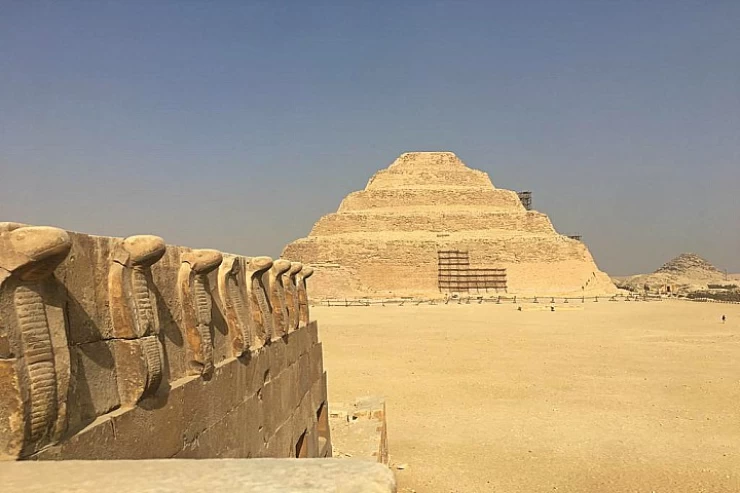
The Seventh Dynasty of Ancient Egypt History
Historical Facts Regarding the Seventh Dynasty
The Seventh and Eighth Dynasties of ancient Egypt are traditionally marked as Dynasties VII and VIII and usually combine with the Ninth, Tenth and Eleventh Dynasties (Thebes only) and are grouped under the heading of First Intermediate Period. The Dynasties VII and VIII tend to fall between the periods c.2181 and 2160 B.C.
First Intermediate Period is a term that is used for ancient Egypt history which interlaces with Egyptologists as a history Period that comes between the Old Kingdom and the Middle Kingdom. Thus, depending on when individual historians place this ‘downfall’ of the Old Kingdom - which can be taken to be marked by the end of the Sixth or the Eighth Dynasties - the First Intermediate Period (sometimes simply as short “FIP”) can be said to run, Seventh, Eighth Nineteenth Tenth eleven to eleven thousand.
Many factors such as famine and weak rule contributed to the decline of the Old kingdom. One hypothesis suggested for such decline was rapid yet unanticipated dramatic lowering of Nile flooding during a span of 20-30 year period resulting from global cooling that reduced precipitation in Egypt, Ethiopia and East Africa eventually leading to a Great famine and collapse of the Old kingdom Well then.
All things considered, the Seventh Egyptian Dynasty is an ill-defined and inadequately documented era marked by unstable politics and brief dynasties. This era is still being studied archaeologically in order to learn more about the transitional dynasties of ancient Egypt.















